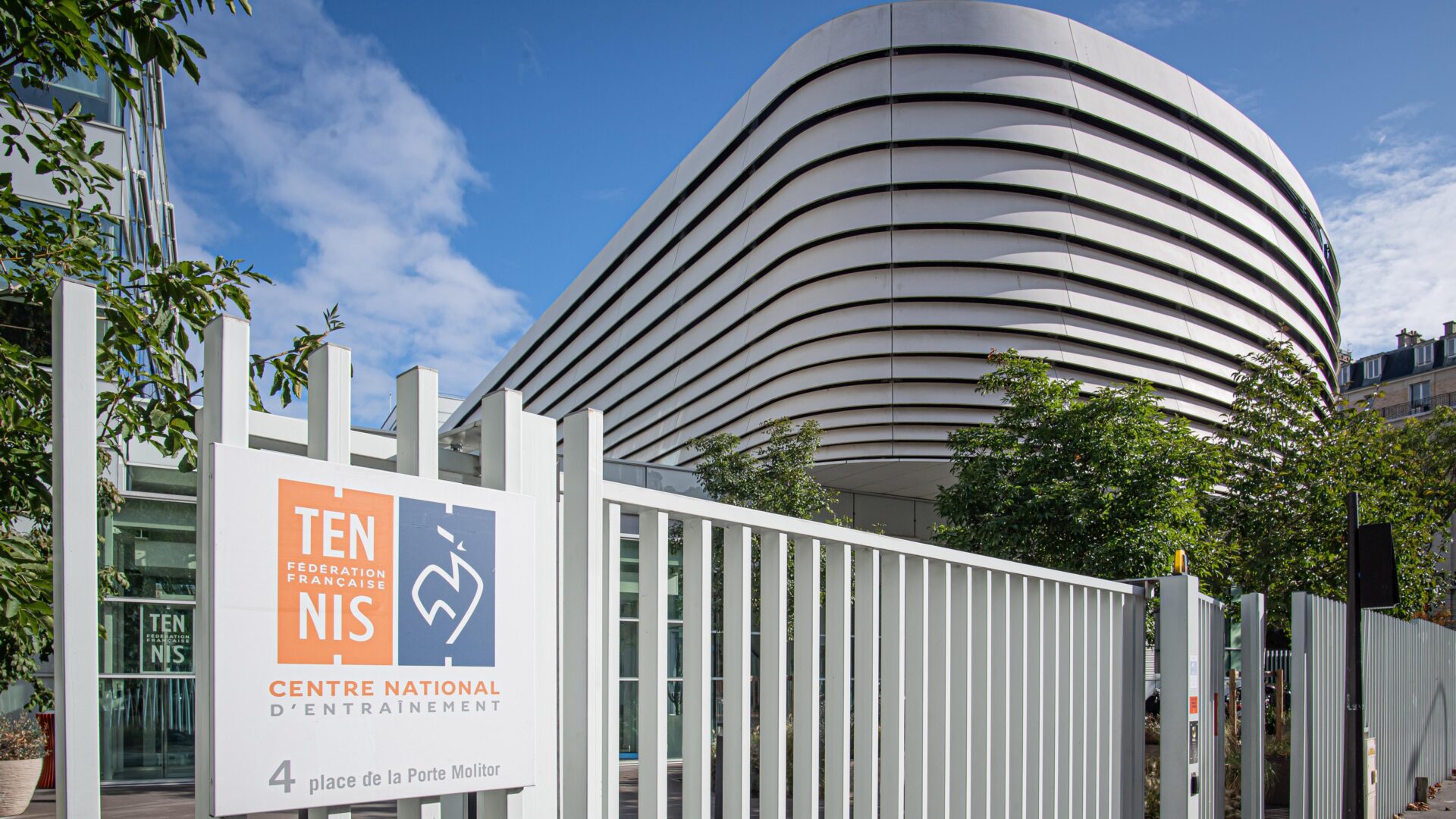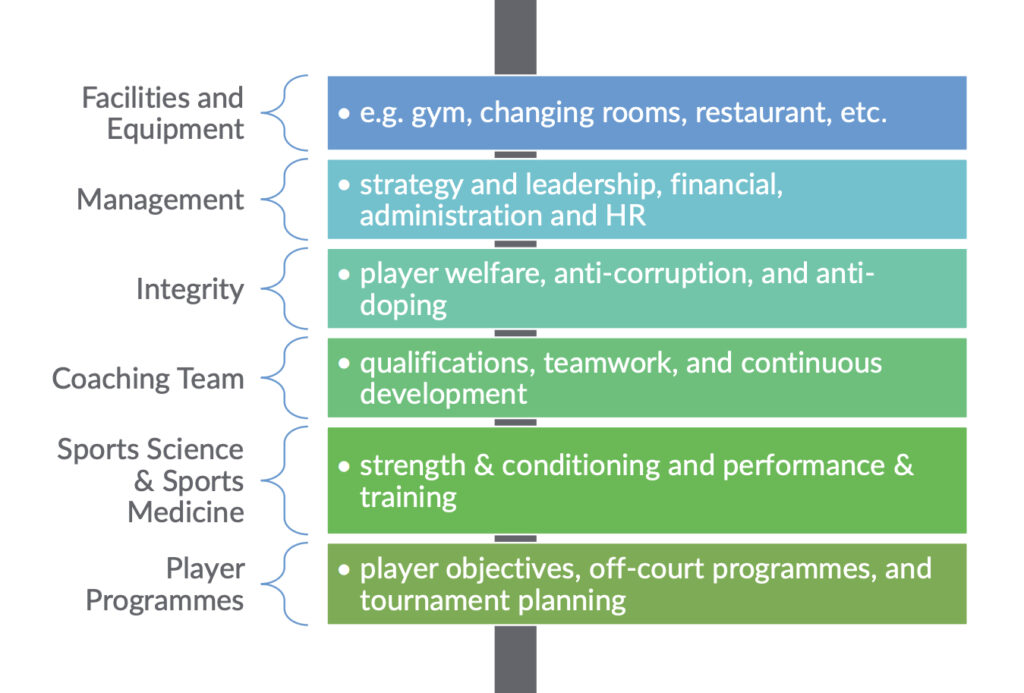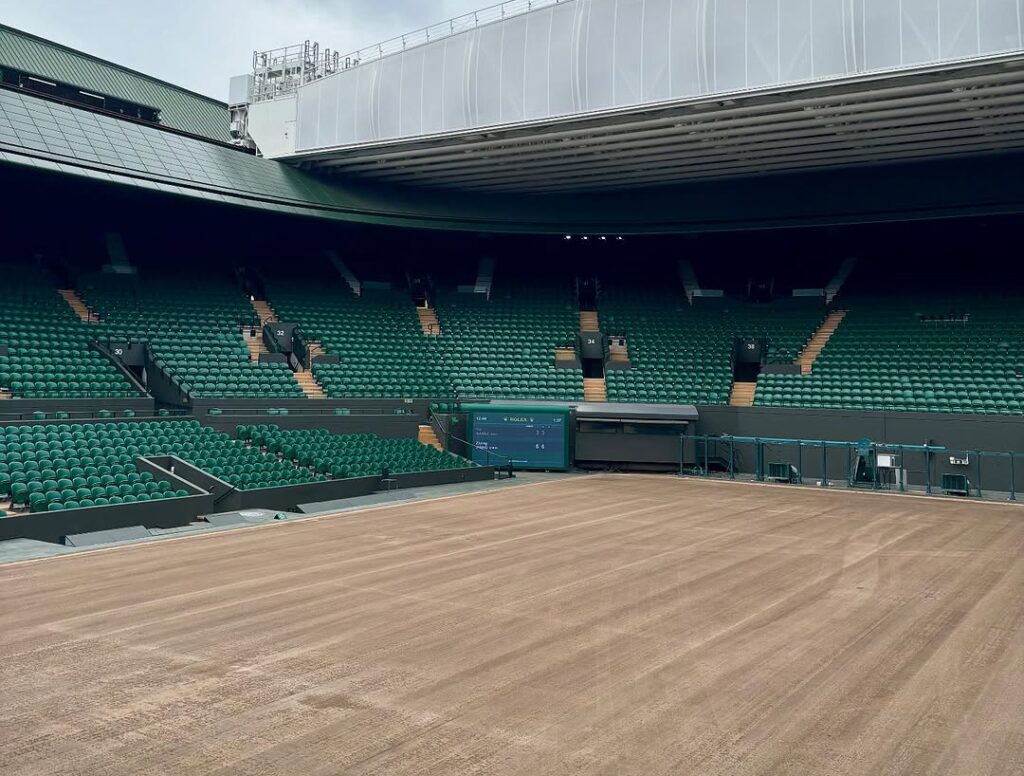How the ITF Recognition Program benefits training centers

National training centers (NTCs), established by national federations, serve as a tuning fork that sets the right tone for tennis development in each country.
They often form the foundation of systems designed to nurture young talent and enhance coaches’ qualifications. Additionally, they operate as hubs for elite players, focusing on preparation for international tournaments.
To support the development of national training centers, the ITF has established a dedicated Recognition Program that helps enhance standards, elevate status, and attract funding through independent assessments and development recommendations.
Which centers have gold level recognition?
In 2020, the first-ever ITF gold plaque was placed at the entrance of the French National Tennis Center in Paris. ITF President David Haggerty presented it to Bernard Giudicelli, then president of the French Tennis Federation, noting that France had become a benchmark for other countries in tennis center development.
This event was not only a significant milestone in the history of French tennis but also sparked global changes in training systems worldwide — all made possible by the NTC Recognition Program.

The gold-level plaque was later awarded to the USTA National Campus in Florida and the LTA’s National Tennis Centre in London. In total, the following national federations currently hold gold status:
- Australia
- Austria
- Belgium
- Brazil
- Canada
- Colombia
- Finland
- France
- Germany
- United Kingdom
- Ireland
- Italy
- Netherlands
- Norway
- Portugal
- South Africa
- Spain
- Switzerland
How does the recognition program work?
Recognition by the ITF signifies that a National Training Centre meets international standards, building trust and making it a more appealing choice for players, coaches, and partners. It also opens the door to funding from governments, Olympic committees, and sponsors who see the center as a place where talent can thrive.
Beyond financial support, ITF grants help improve facilities, from upgrading courts and gyms to enhancing medical services. Plus, with access to the ITF Academy, coaches can stay up to date with the latest training methods, helping athletes reach their full potential.
The process of participating in the ITF Recognition Program involves several key steps. First, the national association (NA) contacts the ITF Development Officer to request an application form. After completing the form and gathering supporting documents, the NA submits them to the ITF Development Department.

The ITF reviews the submission and provides an initial follow-up report based on the evidence. ITF experts then visit the National Training Centre for an official assessment. Following the visit, the NA receives a detailed report and submits any additional information requested. The ITF conducts a final review of the application and supporting files. If all requirements are met, the NTC is awarded ITF Recognition, and the recognition plaque and certificate are sent to the nation.
How is the assessment conducted?
At the white level, the ITF evaluates the club’s infrastructure, including locker rooms, dining facilities, and sports halls, ensuring they meet safety and functionality standards. The club’s management is also assessed, focusing on staff performance, recruitment processes, response to unforeseen situations, financial management, and strategic development.

The integrity assessment covers key aspects such as player well-being, including medical and psychological support, adherence to anti-corruption principles to ensure fair competition, and compliance with anti-doping standards. This includes regular testing and educating athletes about the risks associated with doping.
At the bronze level, the assessment includes the coaching staff, focusing on their qualifications, training methods, athlete motivation, and commitment to professional development.
At the silver level, the evaluation expands to training programs, emphasizing the individualization and effectiveness of training plans.
For the highest, gold level, an additional assessment is conducted in sports science and medicine. This includes improving endurance, injury recovery, and providing prompt medical assistance.
How will the NTC application be assessed?
The evaluation process is an evidence-based program assessment. Each of the four recognition levels will be assessed in all six key areas.

ITF recognition is about creating an environment where athletes thrive. It starts with top-notch facilities—gyms, locker rooms, and dining areas that meet safety and functionality standards. Strong leadership and efficient management keep operations smooth, while integrity ensures fair play through anti-doping measures and player support.
Qualified coaches drive performance through teamwork and continuous development, backed by advanced sports science and conditioning programs. Tailored training plans, off-court activities, and well-structured tournament schedules guide players’ long-term growth, making the NTC a place where talent is nurtured and champions are made.
How to apply?
If an organization meets all the requirements, it needs to contact an ITF representative, whose contact information is available on the official website, and request the application form.
The NTC recognition program is a real opportunity for tennis associations to reach the international level. With a well-thought-out evaluation system and a flexible approach, it helps raise standards, strengthen the position of clubs, and attract investments. In turn, the ITF supports promising centers, helping them become part of the global tennis community.
Cover photo: French National Tennis Center in Paris, sportperformancecentres.org




